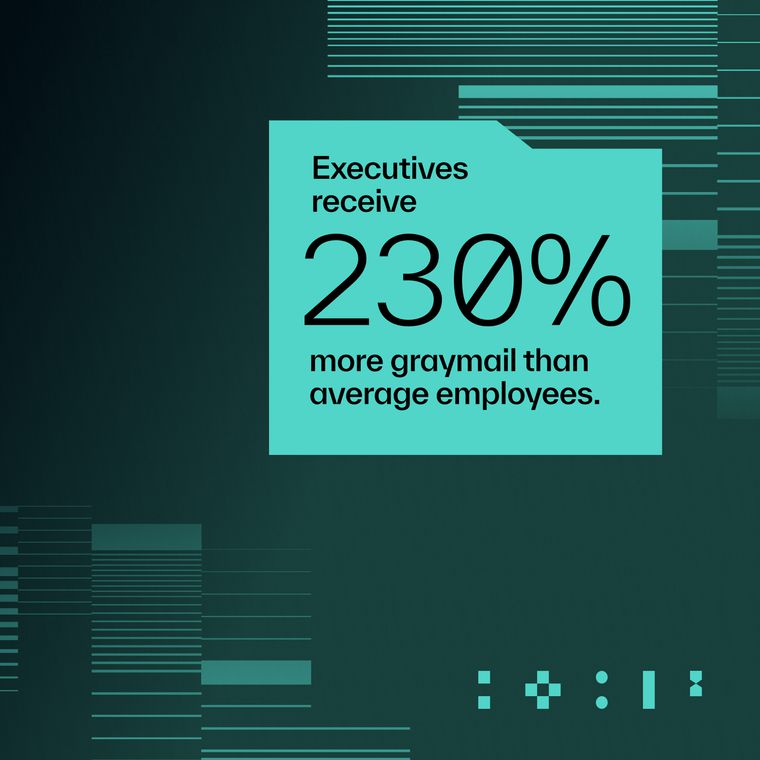The AI Trust Gap: Why Transparency Will Define the Next Era of SOC Security
Discover why transparency is essential to AI adoption in the SOC. Learn how trust, governance, and model explainability are shaping the future of cybersecurity operations.
August 6, 2025

The modern SOC is evolving—and fast. As alert volumes grow and analyst resources remain limited, security leaders are turning to AI as a powerful tool to scale threat detection, improve accuracy, and automate repetitive tasks. But while the benefits of AI are increasingly clear, a lack of inherent trust in the technology creates a less visible barrier to adoption.
Concerns about transparency, governance, and accountability are becoming more urgent particularly in security operations, where the risks of blind trust are simply too high.
Here’s what the data tells us—and why the next generation of AI-powered SOCs will be defined not just by performance, but by trustworthiness.
AI Adoption Is Surging, But Concerns Persist
Across the board, security leaders and analysts recognize the value of AI in the SOC. In a recent survey, organizations reported that implementing AI is a current business objective, and 75% of analysts are already using AI at least weekly to support their work.
Yet despite this momentum, most organizations remain cautious. Approximately 73% have implemented either full or broad control over AI usage—including strict approvals, audits, and policy frameworks. This reflects a recognition that while AI is powerful, it introduces new risks that require deliberate management.
Only 3% of respondents reported having no concerns about AI adoption. The most common anxieties exist around:
- Data privacy and security (39%)
- Regulatory and compliance challenges (32%)
- New security risks introduced by AI itself (29%)
Transparency As the Trust Bridge
As AI continues to reshape the SOC, vendors who lead with transparency will set themselves apart. In today’s crowded cybersecurity market, performance alone won’t be enough. Buyers are looking for proof that the AI works, that it’s secure, and that it’s governed responsibly.
In fact, more than 60% of surveyed leaders cited transparency around model development as critical when evaluating solutions, and 75% said it was central to determining whether a tool was trustworthy. A majority also said they’re open to AI—but won’t move forward without tangible evidence of its value.
Security Analysts Want Guardrails—Not Black Boxes
This emphasis on transparency isn’t just coming from the top down. Analysts are equally vocal in their expectations. Among those using AI daily, more than half (51%) said they want clear communication from leadership about the limitations of AI capabilities. Nearly as many (44%) emphasized the importance of keeping a human analyst in the decision-making loop.
And contrary to popular fears, only 16% of analysts expressed concern that AI would replace their roles. Most see AI as a tool to augment their capabilities—not a substitute for human judgment.
But that augmentation must be accountable. Analysts who use AI regularly want confidence that they understand what it’s doing, when, and why. And they want to know it’s being governed responsibly.
Designing a Human-Centered, Transparent Future
The need for transparency reflects a broader evolution in how organizations view the SOC. Increasingly, leaders and analysts alike are thinking long-term—not just about detection speed or alert volume, but about what kind of operating model AI makes possible.
Many are already planning for change. Over half of security leaders surveyed say they expect to create new roles specifically to manage AI within the SOC. Others are adjusting team dynamics, career paths, and hiring plans to support this new reality.
And for analysts, the benefits are already tangible. Those who use AI every day report improvements in accuracy, increased focus on strategic tasks, and even accelerated career progression. They’re not being replaced—they’re being empowered.
Clarity Over Hype: Trust Starts Here
As AI adoption accelerates, trust remains the defining success factor. Without transparency into how AI tools operate—or clear guardrails for their use—even the most sophisticated technologies risk falling short.
At Abnormal, we see this shift firsthand. Our customers are asking deeper questions—not just about performance, but about governance, oversight, and explainability. And rightly so. Because in a function as critical as the SOC, trust isn’t just a nice-to-have—it’s the foundation for lasting impact.
To see how organizations are navigating this evolution and where AI is headed next in the SOC, read the full report below.
Related Posts
Get the Latest Email Security Insights
Subscribe to our newsletter to receive updates on the latest attacks and new trends in the email threat landscape.


